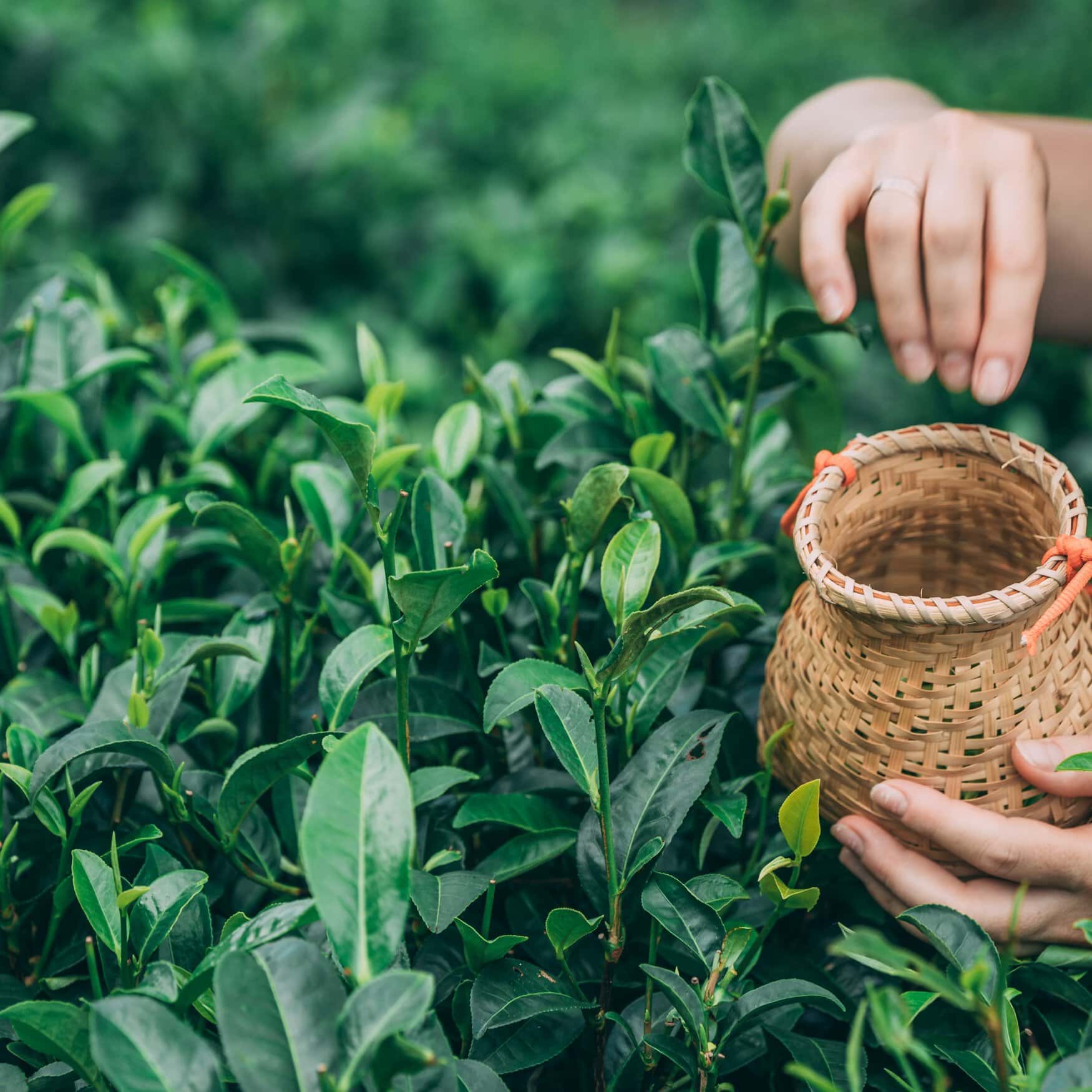Garlic Peel: A Simple and Effective Fertilizer

Garlic isn’t just a staple for cooking; its peels are a gold mine for gardeners looking to boost plant health naturally. Instead of tossing out garlic peels, you can transform them into an effective and easy-to-make fertilizer, enriching your garden while minimizing waste. Here’s how you can use garlic peels to enhance your garden’s productivity and health.
Benefits of Garlic Peels in the Garden
Garlic peels are packed with nutrients that are essential for plant growth, including phosphorus, potassium, calcium, and magnesium. These elements help in various ways:
- Phosphorus promotes root development and increases the growth rate of plants.
- Potassium improves photosynthesis, aids in water and nutrient absorption, and enhances flower and fruit production.
- Calcium makes plants strong and sturdy by providing structural support to cell walls.
- Magnesium is central to the chlorophyll molecule and aids in enzyme activation, which is crucial for a plant’s metabolism.
Additionally, garlic peels contain compounds that can deter pests, making them a dual-purpose garden aid that both fertilizes and protects your plants.
How to Make Garlic Peel Fertilizer
You can create a potent fertilizer using garlic peels with these simple steps:
- Prepare the Peels: Collect the peels from around two bulbs of garlic.
- Soak the Peels: Place the garlic peels in a glass or plastic container. Add about 1 liter of water for every two bulbs’ worth of peels.
- Let It Steep: Mix thoroughly. Seal the container and let it sit for 24 to 48 hours. This duration allows the water to absorb the nutrients from the peels.
- Strain and Store: After steeping, strain the mixture to remove all solid particles. Store the nutrient-rich liquid in a cool, dry area away from direct sunlight.
- Usage: You can use this garlic peel tea to water your plants directly or as a foliar spray. If spraying, make sure to do it either in the early morning or late afternoon when the plant’s stomata are open for optimal absorption.
Tips for Applying Garlic Peel Fertilizer
- Frequency: Apply the garlic peel tea fertilizer once a week to support various stages of plant growth, from seedling to flowering.
- Avoid Flowers: Do not spray directly on flowers to prevent interfering with pollination.
- Dilution: For direct soil application, the tea can be used as is. For foliar application, you might dilute it slightly with more water if you notice any signs of leaf burn.
Additional Uses of Garlic Peels
Aside from being an excellent fertilizer, garlic peels can also be used as a pest repellent spray. Here’s a quick way to make a garlic-based pest repellent:
- Prepare Garlic Mixture: Blend 2 bulbs of chopped garlic with 1 liter of water. Let it sit overnight.
- Strain and Add Oil: Strain the mixture to remove solids. Mix in ½ cup of vegetable oil and 1 tablespoon of liquid soap to help the mixture adhere to plant leaves.
- Dilute and Spray: Dilute this mixture with water at a rate of 500 ml per liter. Spray on plants once or twice a week to ward off soft-bodied insects like aphids and leafminers.
Conclusion
Using garlic peels as a fertilizer is an excellent way to utilize kitchen waste to enhance garden health. This simple, sustainable practice not only nourishes plants but also contributes to a more environmentally friendly gardening approach. So, the next time you cook with garlic, save those peels and give your plants a boost with this natural, nutrient-rich fertilizer.



